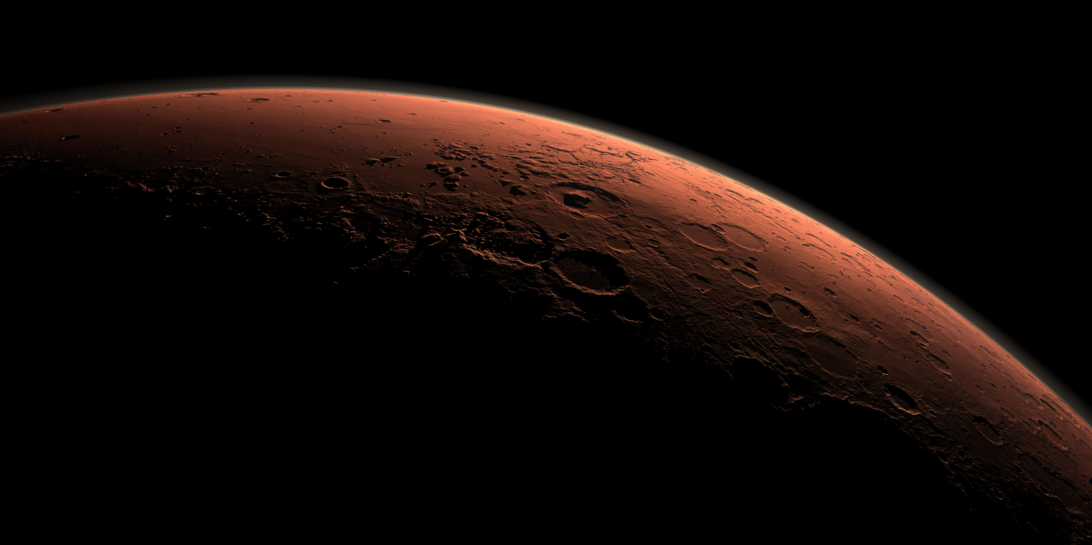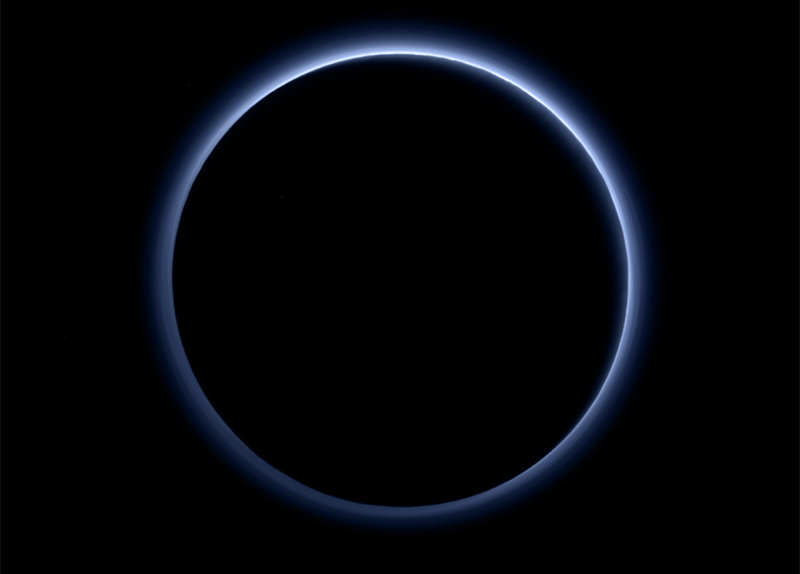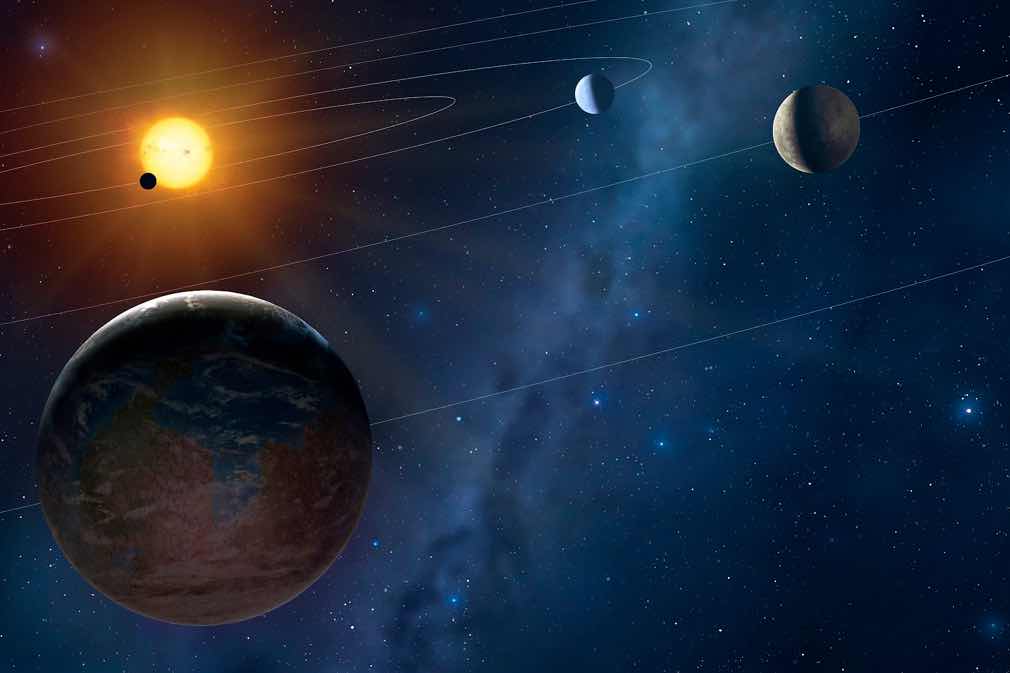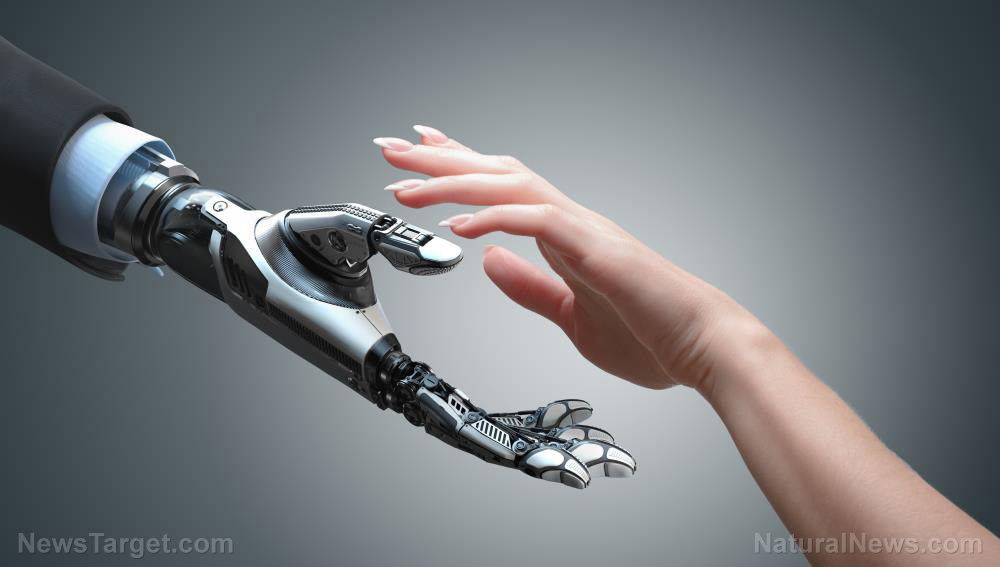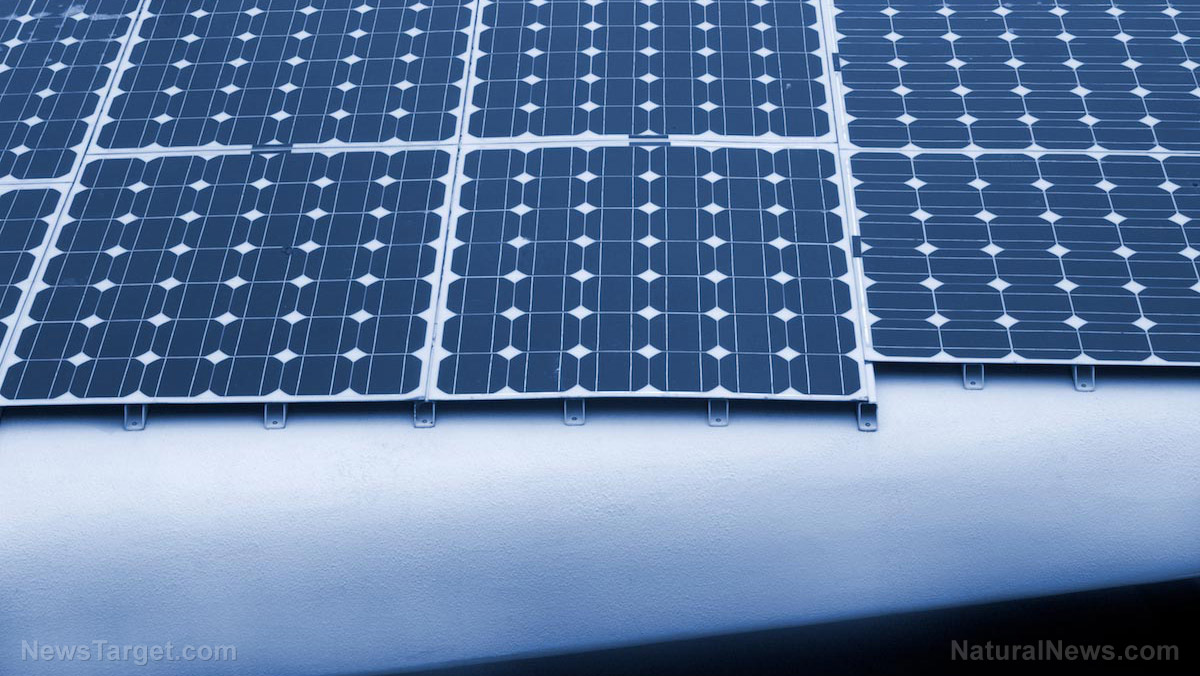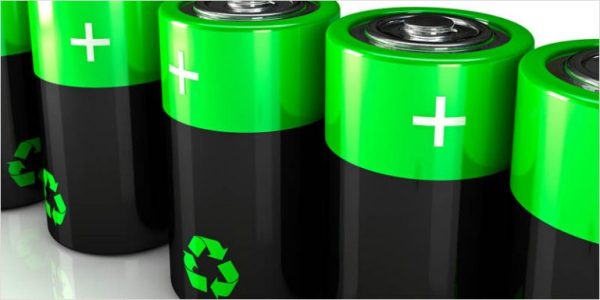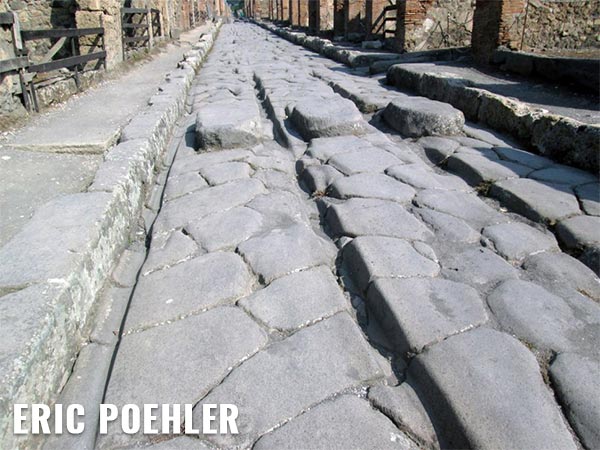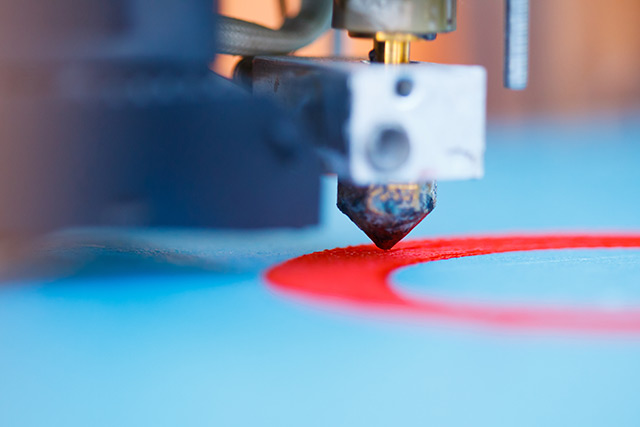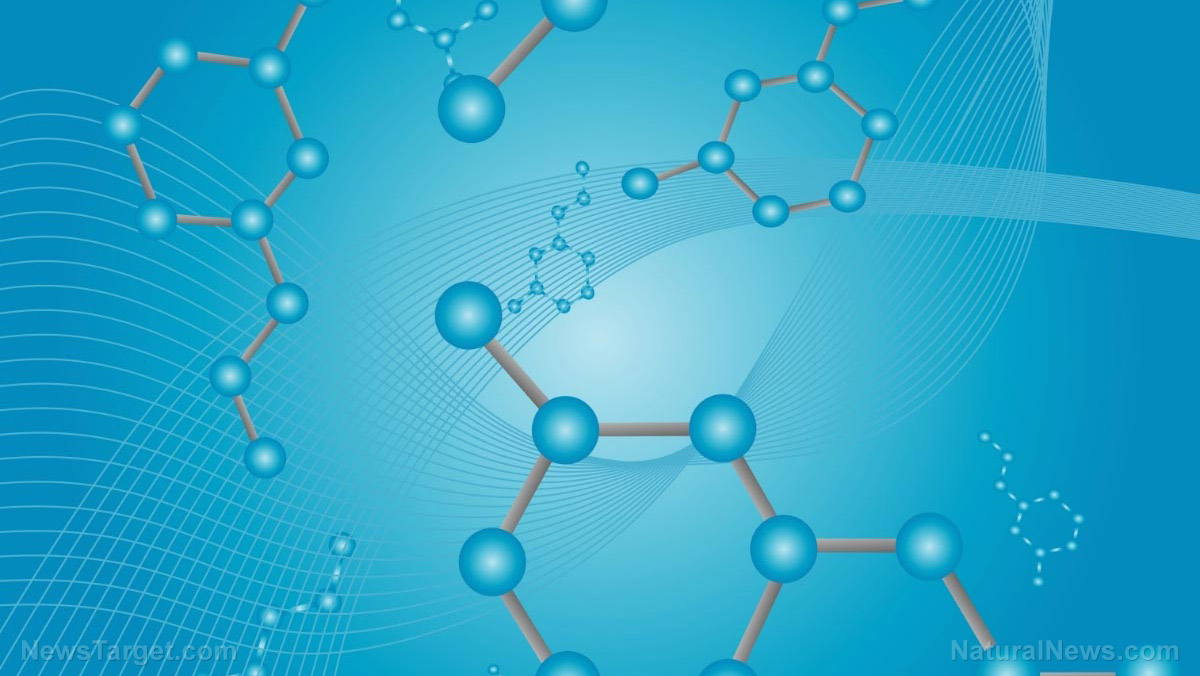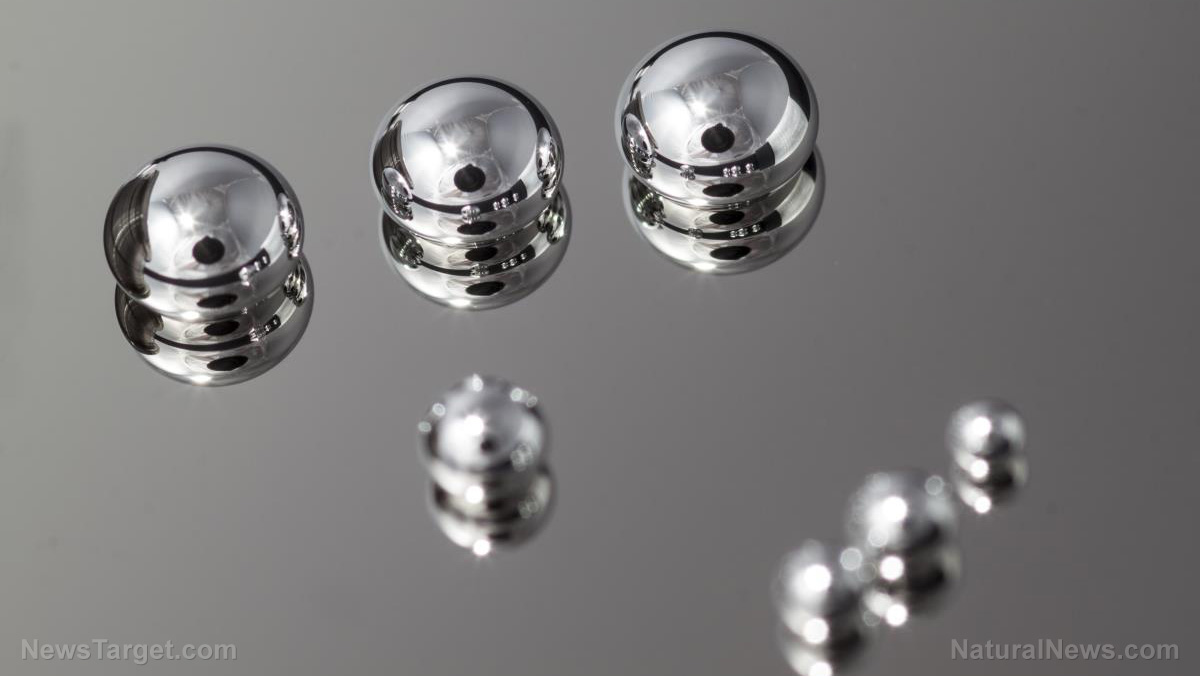Inspired by photosynthesis in plants, researchers create liquid fuel with just water and carbon dioxide
12/15/2019 / By Grace Olson

Chemists from the University of Illinois at Urbana-Champaign managed to successfully create liquid fuel from sunlight, carbon dioxide and water using gold nanoparticles. The process was inspired by photosynthesis, the energy production method of plants.
The study was a collaboration between Sungju Yu, a postdoctoral researcher and Prashaint Jain, a chemistry professor. They published their findings in Nature Communications, contributing to the developing field of artificial photosynthesis. The study is another contribution to the development of renewable energy that benefits both humans and the environment.
What is artificial photosynthesis?
Over millions of years, plants have developed the most efficient method of producing energy: photosynthesis. It is the conversion of sunlight, carbon dioxide and water into usable energy. Not only does it use sunlight, which is free and readily available, it also produces carbohydrates and oxygen, which other living organisms need to survive.
In recent years, scientists have been trying to mimic photosynthesis to create fuel that can be stored. This is the underlying principle of artificial photosynthesis.
To properly mimic photosynthesis, any method that scientists develop must have two functions: harvest sunlight and split water molecules. Plants use chlorophyll and a variety of proteins and enzymes for these tasks. The former captures sunlight, which gives plants their rich, green color. The latter, on the other hand, uses that sunlight to break down water molecules into its main compounds: hydrogen, oxygen and electrons. Plants use hydrogen and electrons to turn carbon dioxide into carbohydrates. Meanwhile, it releases oxygen into the environment.
Scientists must find a way to adopt the principles behind photosynthesis for human needs. There are two main problems they must consider.
First, the byproducts need to be usable, stored fuel instead of oxygen. This way, it can be used to power up machines and other devices. Second, they need to find an alternative to chlorophyll. It must be able to harvest sunlight and split water molecules. The latter function is important for extracting hydrogen and producing fuel.
Previous research has shown that certain compounds like manganese and cobalt oxide could be chlorophyll’s counterpart. In this study, researchers turned to something else. They decided to use gold.
Using gold nanoparticles to make liquid fuel
The researchers aimed to produce complex, liquefiable hydrocarbons from carbon dioxide. Jain, the co-author of the study, pointed out that liquid fuels are the most ideal form of energy source. They can be stored, transported and utilized easily. Additionally, these fuels would contain long-chain molecules and more bonds, making them more energy-efficient.
In Jain’s laboratory, Yu, the first author of the study, used metal particles to fill in the role of chlorophyll in natural photosynthesis. Both researchers found that gold, specifically gold nanoparticles, worked especially well. Gold interacted well with carbon dioxide molecules and could also harvest sunlight. Additionally, they could be used multiple times and not break down, unlike other metals.
Their experiments resulted in the first liquid fuel produced through artificial photosynthesis. Their method produced propane, a high-energy fuel that can be used for a wide variety of machines. If reproduced in a large scale, it could help transform carbon dioxide from the air into fuel.
The researchers say that they still have a long way to go. “We need to learn how to tune the catalyst to increase the efficiency of the chemical reactions,” Jain explained. There is also the economical feasibility to consider. Nonetheless, this is a key advancement in developing renewable energy.
Sources include:
Tagged Under: artificial photosynthesis, breakthrough, carbon dioxide, Chemistry, chlorophyll, Clean Energy, discoveries, fuel, future science, gold nanoparticles, green energy, new energy, photosynthesis, renewable energy, research, science and technology
RECENT NEWS & ARTICLES
COPYRIGHT © 2017 CHEMISTRY NEWS




